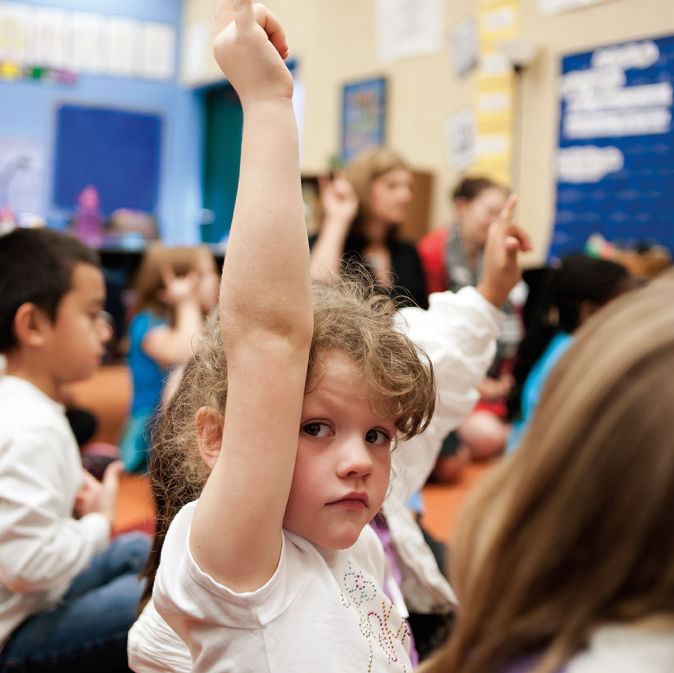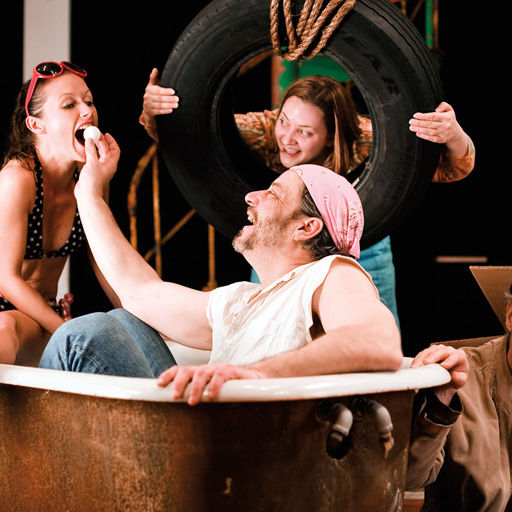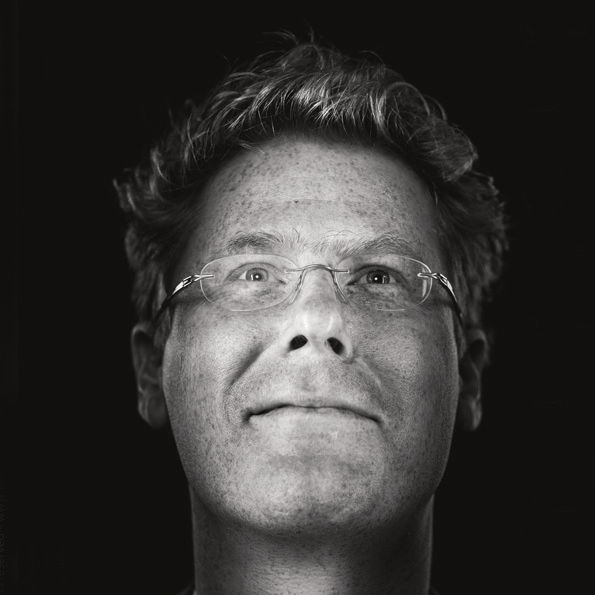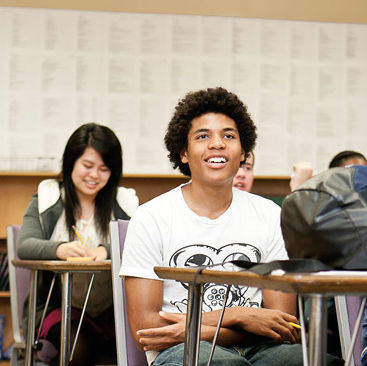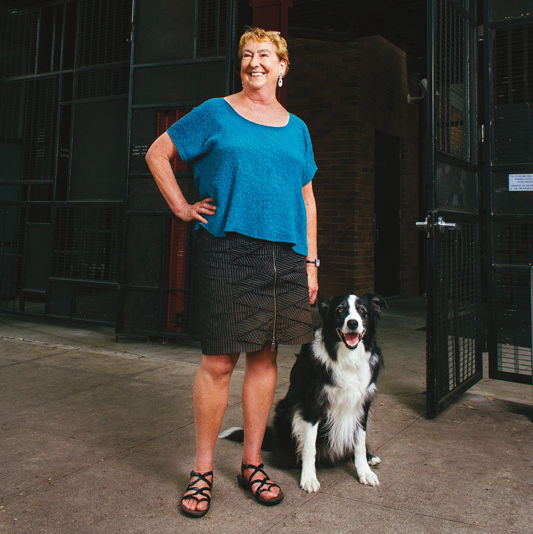Best New Nonprofit: College Possible
Get your tickets to Portland Monthly's 11th annual Light a Fire Awards to join the celebration of the incredible nonprofit community at the Portland Art Museum on October 20.
At some point in high school, every ambitious student begins to grapple with the college question: where to go, how to get in, and how to pay for it all. That’s where College Possible comes into play, disrupting the cycle of poverty by providing intensive coaching and mentorship to low-income high schoolers from the Gresham, Reynolds, Parkrose, and David Douglas districts. From standardized test prep to financial planning to crafting a personal essay, coaches devote a total of about 300 hours to distinct goals between 11th and 12th grade. “We target low-income kids who have the capability to go to college, but because of any number of reasons they don’t have support,” says executive director Suzanne Geary. “A College Possible coach helps them understand the steps to get there and graduate.”
First implemented in Minnesota in 2000, College Possible launched in Portland in 2012. Already, students in Portland’s expanding program have significantly improved their ACT scores. Here’s how College Possible helps its students make the grade.

Image: Courtesy College Possible
10th Grade: College Possible recruits students to its core program in a series of after-school events featuring college-prep talks and Q&A sessions. → The average College Possible student has a GPA above 3.15 and comes from a home with an annual household income of under $28,000.
11th Grade: Students attend 160 hours of individual or small-group sessions, preparing for the ACT and learning to create budgets and develop financial plans that include available aid and scholarships. → On average, College Possible students improve their ACT scores by 21 percent.
12th Grade: Working with a coach to hone their career aspirations, students compile a list of their five top colleges. Meanwhile, they fill out FAFSA forms, mentor younger students, and tackle the dreaded personal essay. → 98 percent of College Possible students earn admission to college.
College: Once in college, each student is paired with a coach who continues to offer guidance until they earn their degree. → Only 8.3 percent of low-income students graduate from college by age 24, while 57 percent of College Possible students earn a degree by that age.
Inspired by our amazing Light a Fire winners? Find out how to give back to
Portland's best nonprofits with our Guide to Giving!

